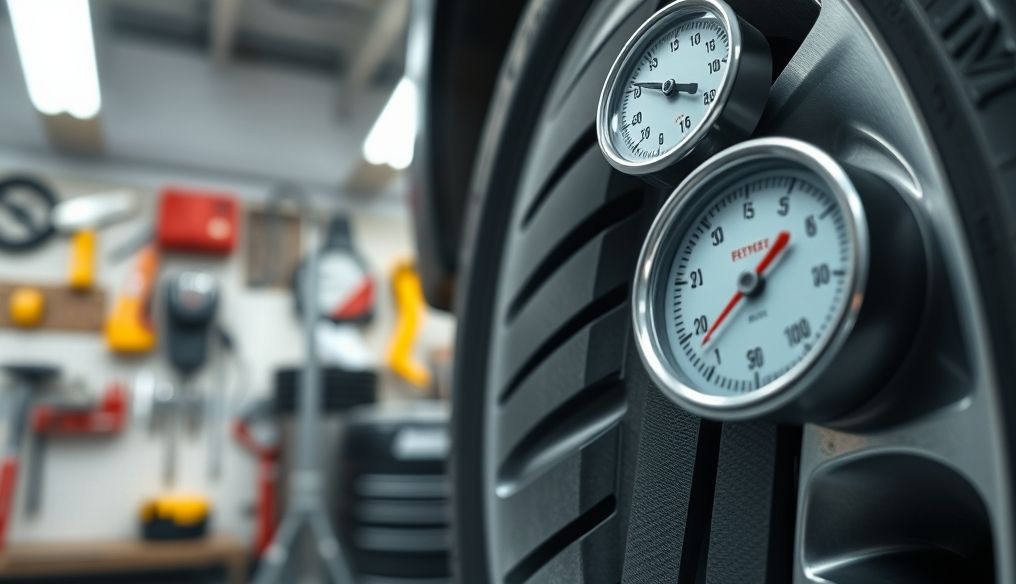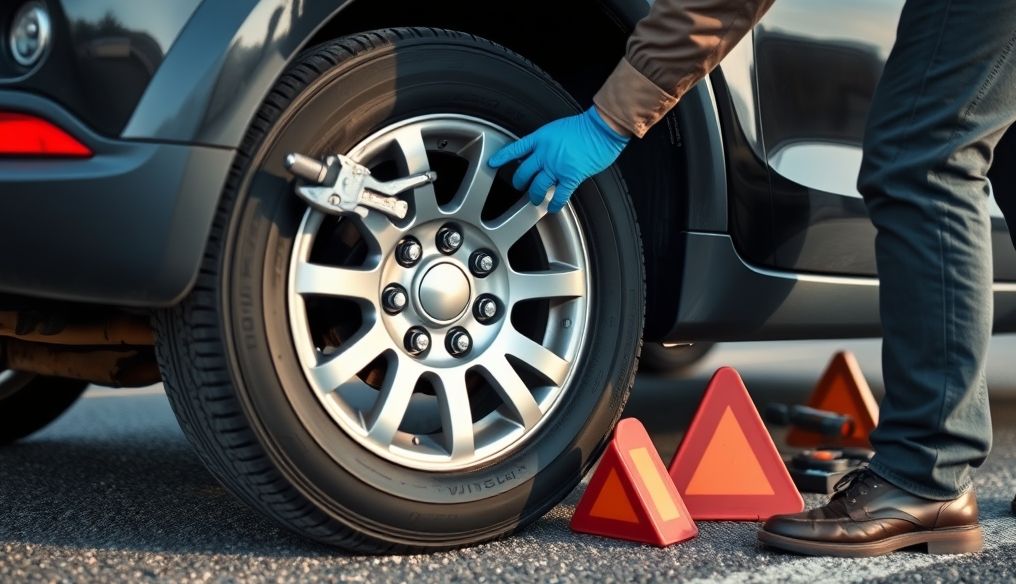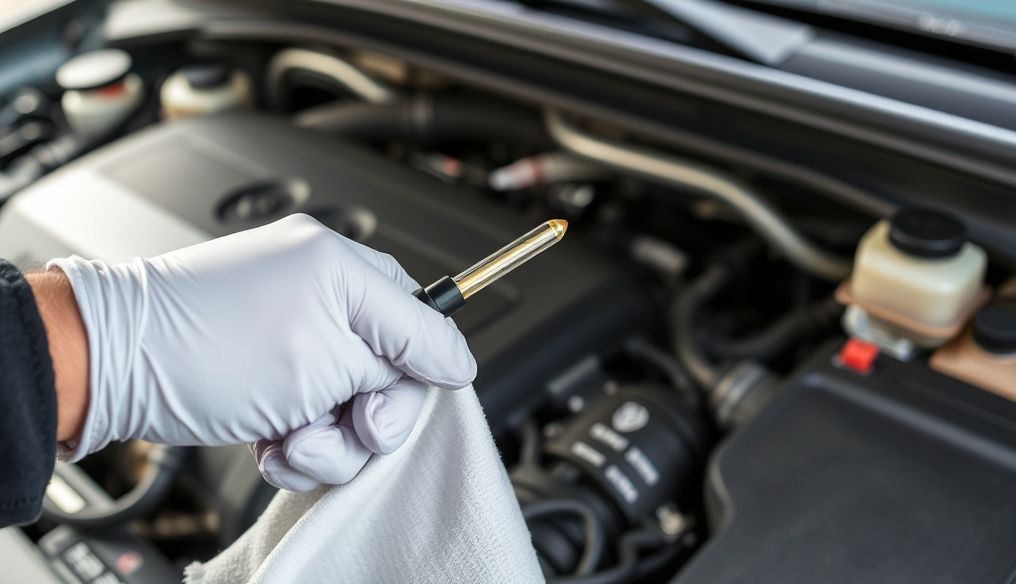What is the best way to extend the life of your car tires?
Car tires are among the most critical safety and performance components of any vehicle. They are not only responsible for providing stability and control but also affect fuel efficiency and ride comfort. Extending the life of your tires not only saves money but also ensures a safer and more reliable driving experience. In this article, we will explore in detail the best practices and tips to extend the life of your car tires.
1. Regularly Check Tire Pressure
Proper tire pressure is key to extending their lifespan. Incorrectly inflated tires can wear unevenly and increase fuel consumption.
Importance of Checking Tire Pressure
- Even Load Distribution: Proper pressure helps distribute the vehicle's weight evenly across the tire surface, preventing excessive wear in specific areas.
- Improved Fuel Efficiency: Properly inflated tires reduce rolling resistance, which decreases fuel consumption.
- Enhanced Control: Correct pressure provides better vehicle control, especially in adverse weather conditions.
How to Check Tire Pressure
- Use a Tire Pressure Gauge: Purchase a reliable tire pressure gauge.
- Check Recommended Pressure: Find the recommended pressure in the owner's manual or on a sticker inside the driver's side door.
- Regular Inspection: Check tire pressure at least once a month and before long trips.
- Check When Cold: Check the tires when they are cold, i.e., before driving or after driving a very short distance.
2. Rotate Tires Regularly
Tire rotation is the process of swapping the positions of the tires on the vehicle to ensure they wear evenly.
Why is Tire Rotation Important?
- Uneven Wear: Front and rear tires bear different weights and are subjected to different driving patterns, leading to uneven wear.
- Extended Tire Life: Rotating tires distributes wear evenly, extending the overall lifespan of the tires.
- Improved Performance: Regular rotation helps maintain vehicle performance and stability.
How to Rotate Tires
- Check Owner's Manual: Look for the recommended rotation pattern for your vehicle in the owner's manual.
- Common Patterns: Common patterns include front-to-rear rotation (for non-directional tires) and cross rotation (for directional tires).
- Regular Rotation: Rotate tires every 8,000 to 12,000 kilometers (5,000 to 7,500 miles), or as recommended by the manufacturer.
3. Check Wheel Balance
Wheel balance ensures the weight is evenly distributed around the wheel's axis. Unbalanced wheels can cause vibrations and uneven tire wear.
Importance of Wheel Balance
- Prevent Vibrations: Balanced wheels reduce vibrations felt while driving.
- Reduce Wear: Wheel balance prevents excessive wear on tires and the suspension system.
- Improve Comfort: A smoother and more comfortable ride.
When to Check Wheel Balance?
- When Installing New Tires: Wheel balance should be checked when installing new tires.
- When Feeling Vibrations: If you feel vibrations in the steering wheel or seat, it may be a sign that the wheels are unbalanced.
- After Impact: After any accident or impact, wheel balance should be checked.
4. Check Wheel Alignment
Wheel alignment refers to the angles of the tires relative to each other and to the vehicle. Incorrect alignment can cause uneven tire wear and handling problems.
Importance of Checking Wheel Alignment
- Even Wear: Correct alignment ensures that tires wear evenly.
- Improved Handling: Proper alignment provides better vehicle control and greater stability.
- Fuel Savings: Correct alignment reduces rolling resistance, improving fuel efficiency.
When to Check Wheel Alignment?
- When Installing New Tires: Wheel alignment should be checked when installing new tires.
- After Impact: After any accident or impact, wheel alignment should be checked.
- When Noticing Uneven Wear: If you notice uneven wear on the tires, it may be a sign that the wheel alignment is incorrect.
5. Avoid Aggressive Driving
Aggressive driving, such as sudden acceleration, hard braking, and sharp turns, can increase tire wear.
Impact of Aggressive Driving on Tires
- Increased Wear: Aggressive driving causes increased friction between the tires and the road, leading to faster wear.
- Increased Temperature: Aggressive driving can cause the tires to overheat, reducing their lifespan.
- Increased Risk of Damage: Aggressive driving increases the risk of tire damage due to impacts and potholes.
Tips for Calm Driving
- Gradual Acceleration: Avoid sudden acceleration.
- Smooth Braking: Use the brakes gently and avoid hard braking.
- Moderate Turns: Avoid sharp turns at high speeds.
6. Avoid Overloading
Overloading puts extra stress on the tires, increasing wear and reducing their lifespan.
Impact of Overloading on Tires
- Increased Wear: Overloading increases the pressure on the tires, leading to faster wear.
- Increased Temperature: Overloading can cause the tires to overheat, reducing their lifespan.
- Increased Risk of Blowout: Overloading increases the risk of tire blowout.
How to Avoid Overloading
- Check Load Capacity: Check the recommended load capacity for your vehicle in the owner's manual.
- Distribute Weight Evenly: Distribute the weight evenly inside the vehicle to avoid excessive pressure on the tires.
- Do Not Exceed Maximum Limit: Do not exceed the maximum recommended load.
7. Inspect Tires for Damage
Regular inspection of tires helps detect any early damage, such as cracks, bulges, and cuts, allowing for necessary actions to be taken before the problem worsens.
What to Look For?
- Cracks: Cracks in the sidewalls of the tires can indicate damage due to sun exposure or aging.
- Bulges: Bulges in the tires indicate damage to the internal structure of the tire.
- Cuts: Deep cuts in the tires can lead to air leaks or tire blowout.
What to Do When Damage is Detected?
- Replace the Tire: If you detect any significant damage to the tire, it is best to replace it immediately.
- Have the Tire Inspected by a Professional: If you are unsure of the severity of the damage, have the tire inspected by a professional.
8. Proper Tire Storage
If you are storing seasonal tires (such as winter tires), proper storage can help preserve them and extend their lifespan.
Tips for Storing Tires
- Clean the Tires: Before storing, clean the tires thoroughly to remove dirt and debris.
- Store in a Cool, Dry Place: Store the tires in a cool, dry, and dark place to avoid exposure to sunlight and heat.
- Avoid Chemicals: Avoid storing the tires near chemicals or solvents.
- Vertical or Horizontal Storage: Tires can be stored vertically or horizontally, but it is preferable to store them vertically if they are mounted on rims.
9. Choose the Right Tires
Choosing the right tires for your vehicle and driving conditions can significantly impact tire life and performance.
Factors to Consider When Choosing Tires
- Vehicle Type: Choose tires specifically designed for your vehicle type (sedan, SUV, truck, etc.).
- Driving Conditions: Choose tires suitable for the driving conditions you encounter (dry roads, wet roads, snowy roads, etc.).
- Speed Rating: Ensure that the tires have a speed rating suitable for your vehicle.
- Load Rating: Ensure that the tires have a load rating suitable for your vehicle.
10. Regular Suspension System Maintenance
A healthy suspension system plays a crucial role in distributing weight evenly on the tires and reducing uneven wear.
Importance of Suspension System Maintenance
- Weight Distribution: A healthy suspension system ensures that weight is distributed evenly on the tires.
- Reduced Wear: A healthy suspension system reduces uneven tire wear.
- Improved Handling: A healthy suspension system provides better vehicle control and greater stability.
When to Check the Suspension System?
- When Noticing Driving Problems: If you notice any driving problems, such as bouncing or instability, it may be a sign of a problem with the suspension system.
- When Inspecting Tires: Check the suspension system when inspecting the tires.
- Periodically: Have the suspension system checked periodically by a professional.
Conclusion
Extending the life of your car tires requires following a set of good practices, from regularly checking tire pressure and rotating them, to avoiding aggressive driving and overloading. By following these tips, you can save money, improve your vehicle's performance, and ensure a safer and more reliable driving experience.




